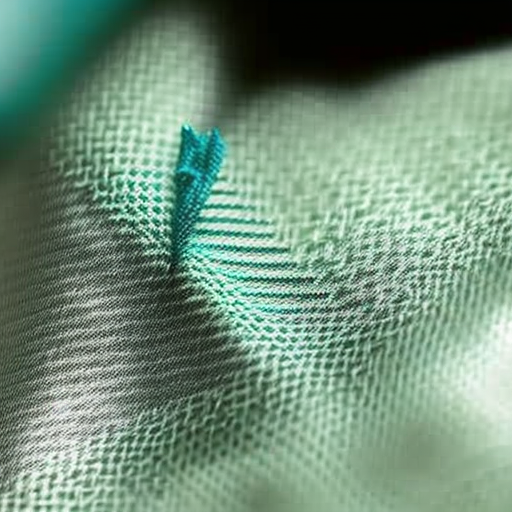Sewing Techniques: Seam
Seams are an essential aspect of sewing, acting as the backbone for various types of garment construction. A seam refers to the joining of two or more fabric pieces, allowing you to create intricate and customized clothing items. In this article, we will explore some common and useful sewing techniques used to create strong and durable seams.
1. Plain Seam
The plain seam, also known as a single stitch seam, is the most basic and frequently used type of seam. It involves joining two fabric pieces together by sewing along the edge, with right sides facing each other. You can use a regular straight stitch and finish the raw edges using either a serger or a zigzag stitch.
2. French Seam
A French seam is a neat and elegant finishing technique suitable for lightweight and delicate fabrics. This type of seam encloses the raw edges within the seam itself, resulting in a clean and classy look. To create a French seam, sew the fabric wrong sides together, trim the excess, fold it so that right sides are facing, and sew again. This technique eliminates the need for additional finishing methods.
3. Flat-Felled Seam
The flat-felled seam is commonly used in denim and other heavy-duty garments, providing strength and enhancing the durability of the clothing. It involves sewing two fabric pieces together, one overlapping the other, and then folding the raw edges and topstitching over them. This technique creates a seam that is both sturdy and visually appealing.
4. Bound Seam
Bound seams are ideal for finishing raw edges on unlined or loosely woven fabrics. This technique involves enclosing the raw edges with bias tape, ribbon, or fabric strips. It not only prevents fraying but also adds a decorative touch to the garment. The bound seam is commonly used in traditional and vintage-inspired sewing projects.
5. Overlock Seam
An overlock seam, created using a serger, is commonly used for finishing raw edges while preventing them from fraying. Sergers are specialized sewing machines that trim the fabric edges and enclose them in a neat and stretchy stitch. Overlock seams are often seen in knitwear and sportswear, providing a professional and secure finish.
These sewing techniques for seams are just the tip of the iceberg. Once you master these basics, you can experiment and combine different techniques to suit your garment construction needs. Remember to choose the appropriate seam for your fabric type, considering factors such as weight, stretch, and durability requirements. With practice and creativity, you can achieve beautifully crafted seams that elevate the quality and longevity of your handmade garments.




